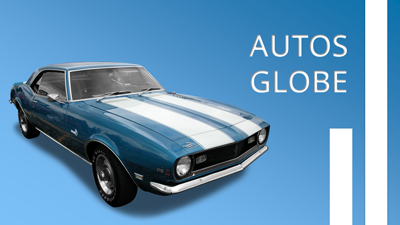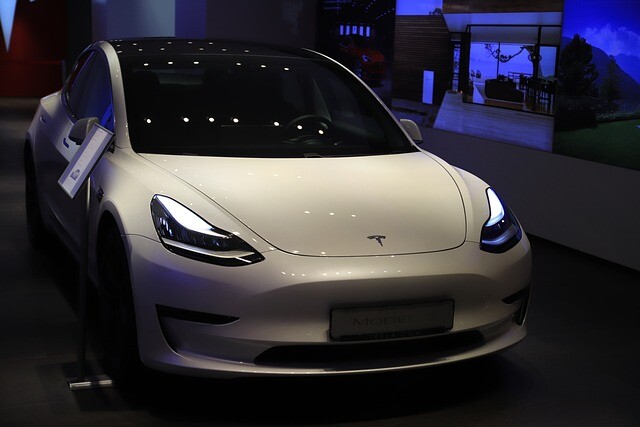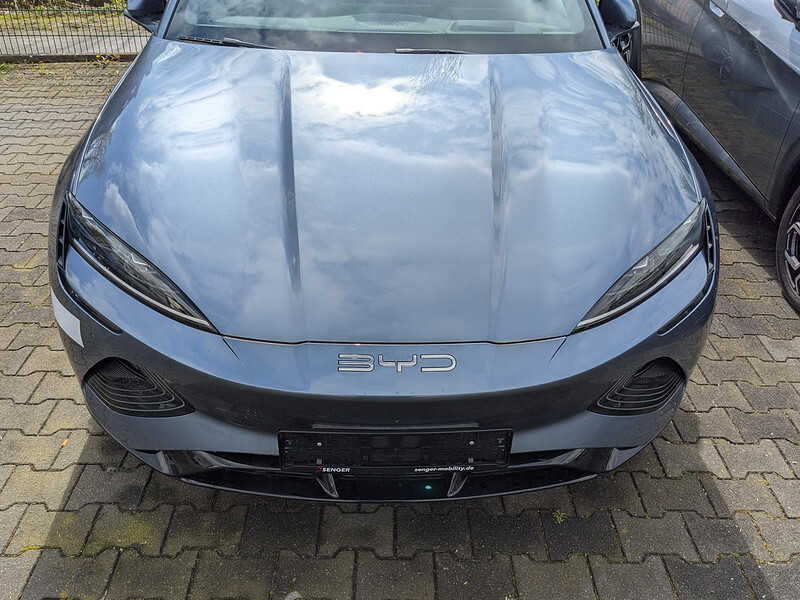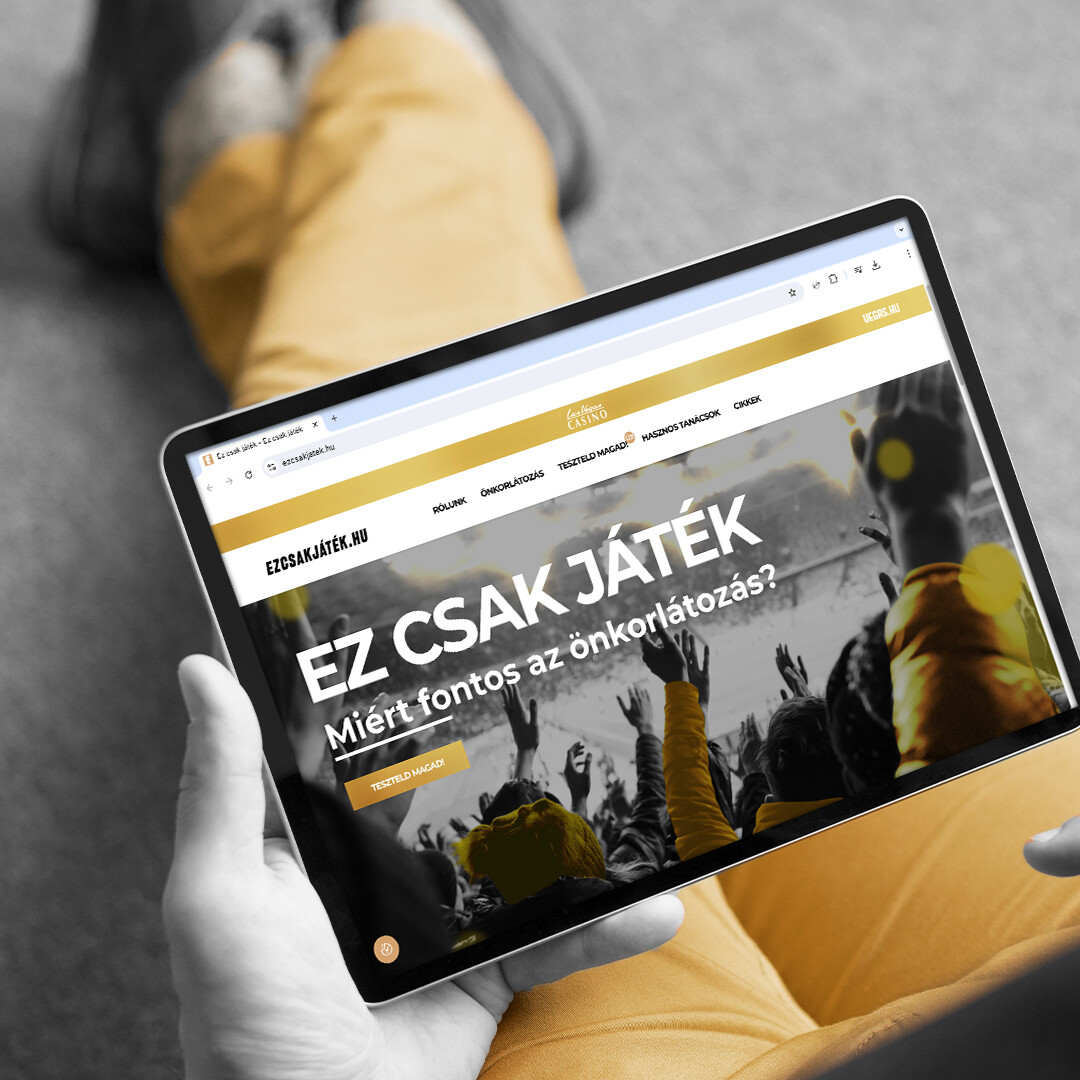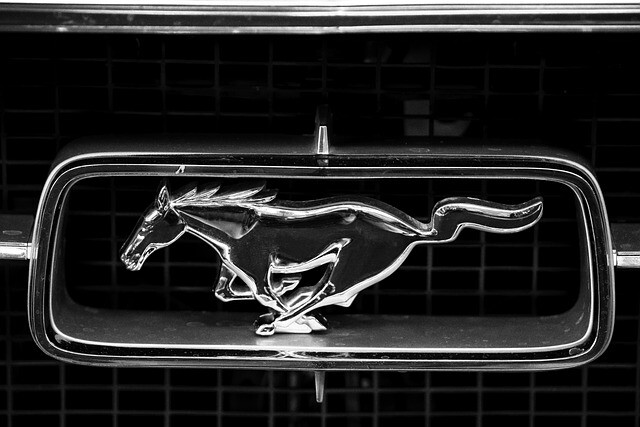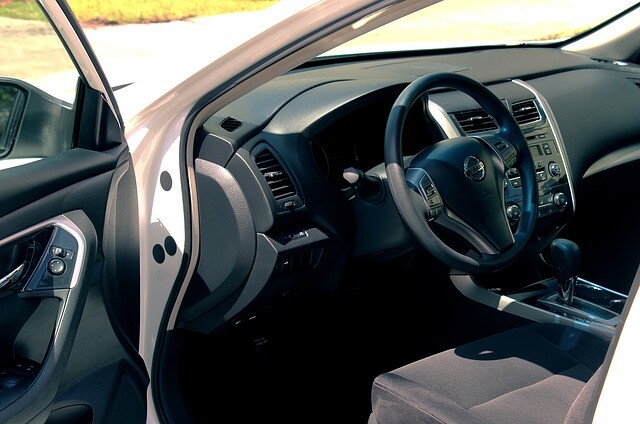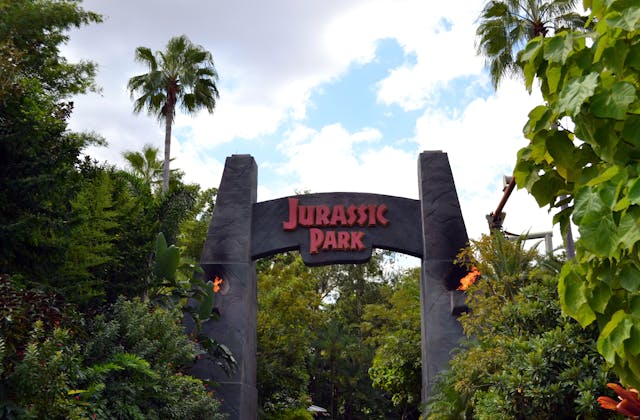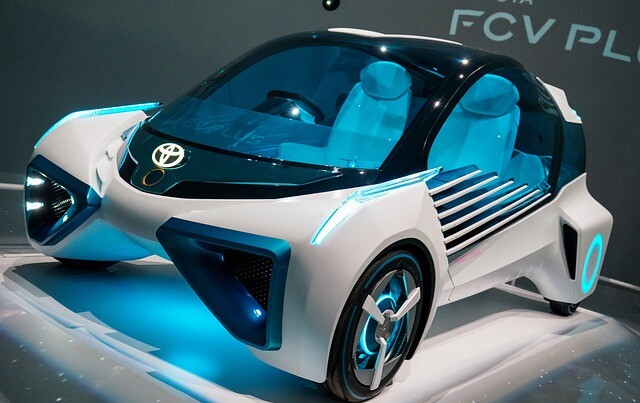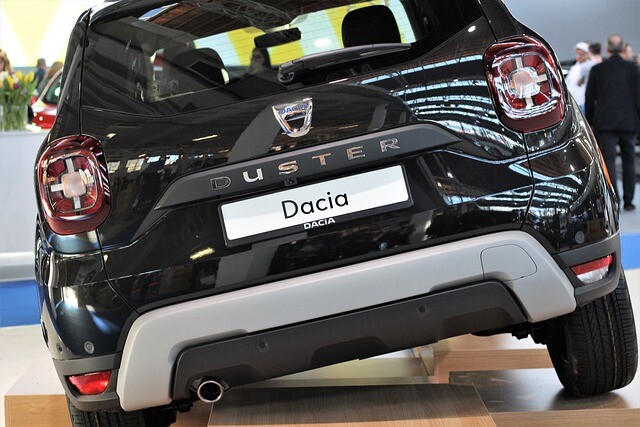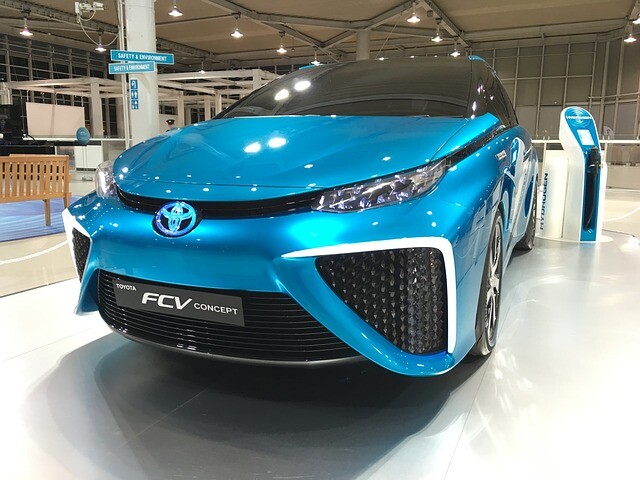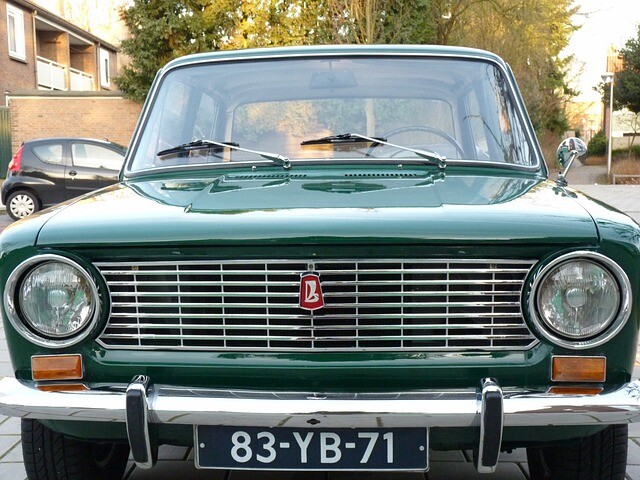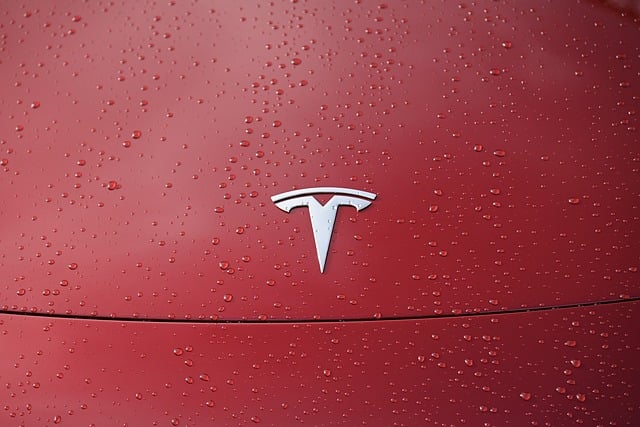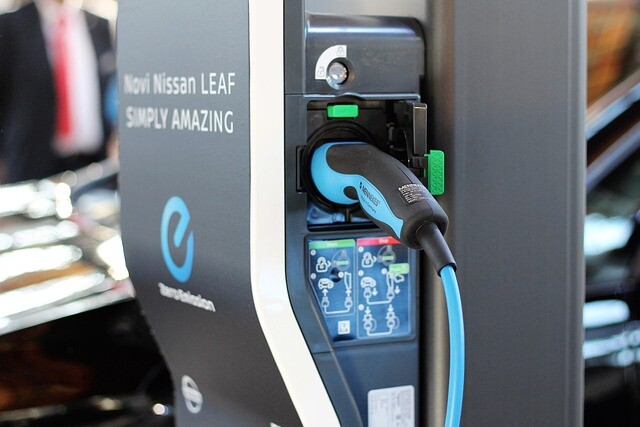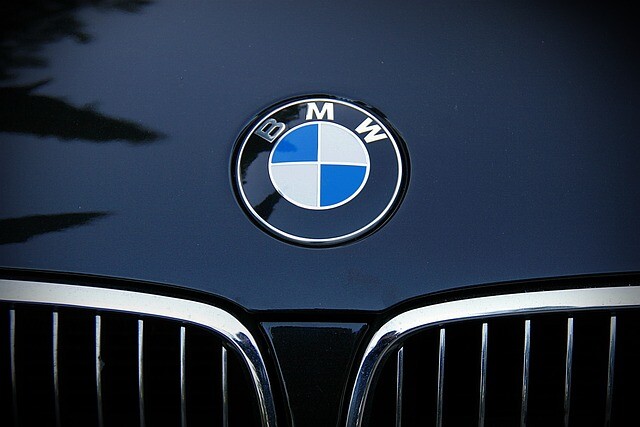Opel Astra L
Fresh and refreshing, the new Opel Astra, the last generation with even an internal combustion engine, has arrived with a sleek design.
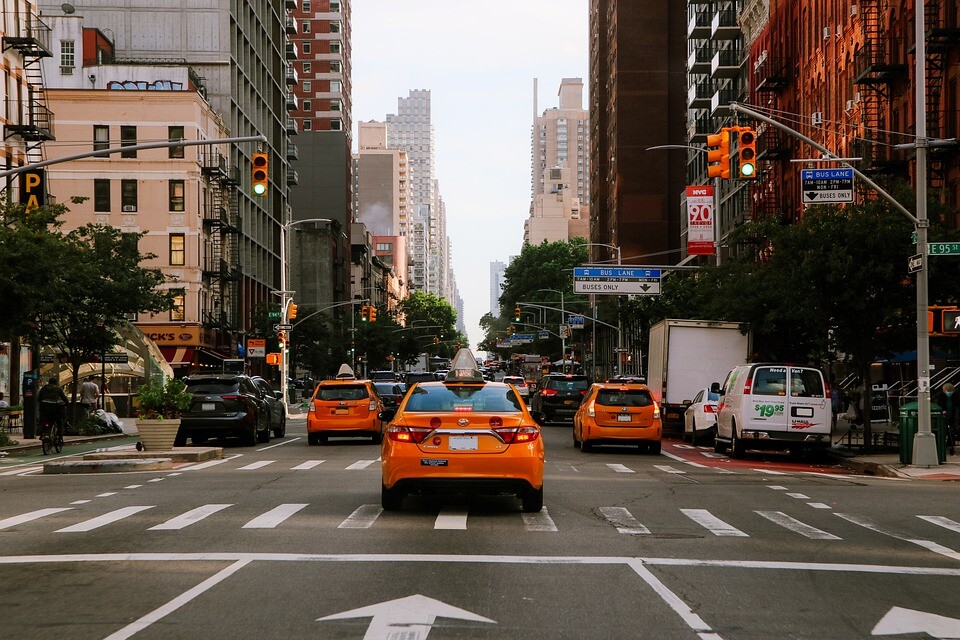
The new generation of Astra brings serious blood refreshment to Opel. The design of the new L Series is youthfully new and vibrant, modern, yet perfectly recognizable and true for the interior as well. The new generation has been a PSA It developed under the auspices of Stellantis, but its production will take place in the same place as its ancestors, in Rüsselsheim.
The sixth-generation Astra shares the basics of the new Peugeot 308 and can't hide it from the outside. Based on the EMP2 floor panel, the new model already follows Opel's fresh design trend, with LED headlights on the nose connected to a plexiglass plate called Vizor and definite, sharp features. Although Opel also mentions coupe lines in the press release, this is not the case, the Astra is as traditional a five-door compact as it used to be.
Its size has changed compared to its predecessor, which has also benefited its proportions. It extended by only four millimeters in length to 4,374 millimeters, and its wheelbase was enriched by 13 millimeters to 2,675 millimeters, which was mostly taken from the first overhang. Most embodied in width, 51 millimeters plus 1860 millimeters.
As its dimensions and interior design options have also changed, there are also differences in interior dimensions compared to the K series. Its luggage space has been expanded by 52 liters, so we will be able to pack our luggage in 422 liters in the case of the five-door hatchback, but it will also come with a station wagon variant. The three-door compact segment has almost completely disappeared, so while the design of the Astra L would fit particularly well with a sporty finish, unfortunately we can’t count on its arrival.
The design of its passenger compartment is also related to the new Mokka, based on less several principles, the line drawing and ergonomics are quite clean and modern. At the top of the instrument panel are two 10-inch displays, one serving as the instrument panel and the other as multimedia, and physically connected as if it were a panel.
In the space dominated by the displays, there is little space left for physical buttons, for example, the climate console will only be accessible from a menu, while leaving a row of physical buttons below the display to access more important menus at the touch of a button. On the tech front, important equipment will come from Insignia, for example, the 84-diode Matrix LED headlight and stop & go adaptive long-distance cruise control will be available, along with a head-up display, 360-degree camera system and smartphone integration multimedia.
(Source: vezess.hu / photo: pixabay.com)
